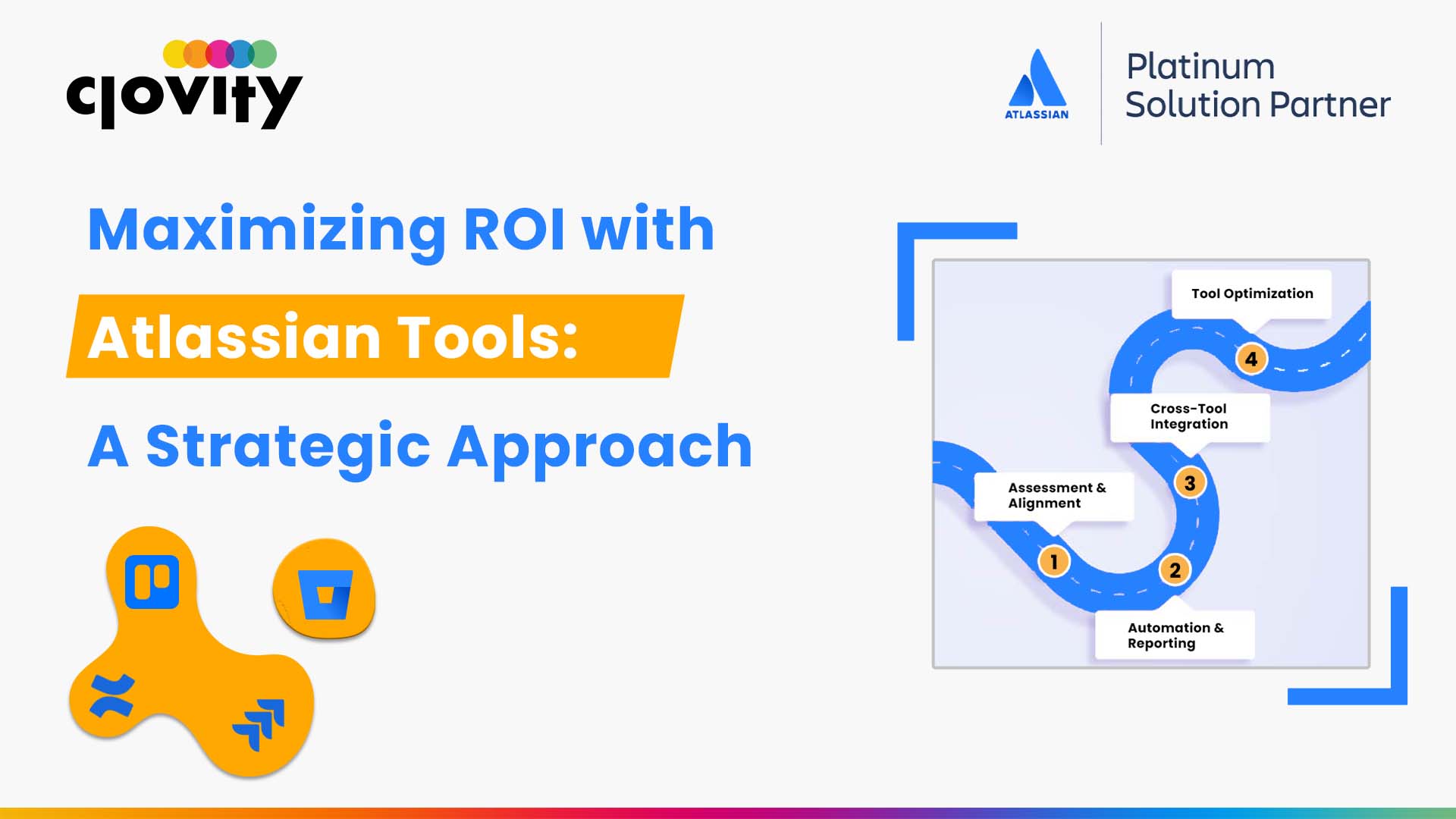Return on investment (ROI) isn’t just about numbers—when it comes to platforms like Jira, Confluence, and Jira Service Management, it reflects how these tools help teams plan, build, collaborate, and deliver over time. For organizations investing in Atlassian’s suite, the challenge isn’t capability—it’s configuration. A good setup drives efficiency; a strategic one drives growth.
What ROI Really Means in the Atlassian Ecosystem
Beyond cost savings or faster ticket resolution, ROI comes from:
- Faster project delivery
- Improved internal collaboration
- Lower operational overhead
- Fewer compliance risks
- Greater transparency into work
Maximizing return depends on aligning your setup with how teams actually work.
1. Define Success in Context
Begin by mapping tools to business goals. Ask:
- What does success look like for development (e.g., reduced cycle time)?
- What improvements are service teams targeting (e.g., faster first response)?
- What does leadership expect (e.g., better reporting, cost control, compliance)?
Use these outcomes to shape workflows, dashboards, and automations that tie directly into priorities.
2. Optimize Your Jira Setup
Out-of-the-box Jira rarely delivers maximum ROI. Key review areas:
- Workflows: Are statuses meaningful? Do transitions introduce delays?
- Custom fields: Are they relevant and consistently used?
- Permissions: Are roles clearly defined—neither too broad nor too restrictive?
- Boards & filters: Do teams share consistent views and naming conventions?
- Automation: Are manual updates automated with built-in rules?
3. Integrate with the Right Tools
ROI is about context—integrate only what you need to bridge gaps and reduce manual effort:
- Source control (GitHub, Bitbucket)
- CI/CD (Jenkins, Bamboo)
- Collaboration (Slack, Teams)
- ITSM/CRM systems
4. Use Confluence to Capture and Share Knowledge
Confluence is more than a document store—it drives ROI when used consistently:
- Project kickoffs & planning
- Meeting notes linked to Jira
- Requirements and feature pages
- Runbooks & SOPs
- Internal knowledge bases
5. Improve Service Efficiency with Jira Service Management
Tailor JSM to internal processes to boost returns:
- Forms: Ensure accurate data collection
- SLAs: Focus resources on priorities
- Automation: Triage tickets by category or keywords
- Surveys: Track satisfaction after resolution
- Queues: Segment requests by team
6. Provide Training and Encourage Adoption
Even the best setup fails without adoption. Key drivers:
- Role-specific training
- Onboarding guides
- Recorded demos & walkthroughs
- Internal champions
7. Use Reporting to Drive Better Decisions
Go beyond basic charts:
- Dashboards for executives, product owners, and leads
- Custom reports reflecting KPIs (cycle time, resolution rate)
- Confluence analysis pages with narrative and Jira widgets
- Marketplace analytics (eazyBI, Custom Charts)
8. Review Regularly and Adapt
Maximizing ROI is continuous:
- Clean up unused projects and fields
- Archive outdated Confluence content
- Reassess workflows and automations
- Gather user feedback on pain points
- Audit integrations for performance
Case Example: From Usage to Strategic Value
A healthcare organization adapted workflows for HIPAA compliance, configured Confluence for knowledge sharing, and built automation for change approvals—resulting in faster releases, stronger documentation, and clearer audit reports.
Final Thoughts
Maximizing ROI from Atlassian tools isn’t feature accumulation—it’s purposeful alignment. As teams evolve, your tools should evolve too.


